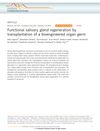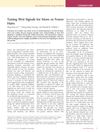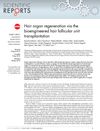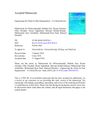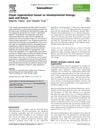Bioengineering a 3D Integumentary Organ System from iPS Cells Using an In Vivo Transplantation Model
April 2016
in “
Science Advances
”
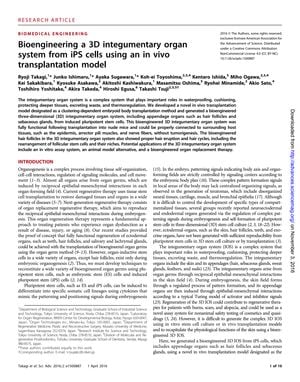
TLDR Researchers created a fully functional, bioengineered skin system with hair from stem cells that successfully integrated when transplanted into mice.
In 2016, researchers developed a functional three-dimensional integumentary organ system (IOS) from induced pluripotent stem cells (iPS cells) using a novel in vivo transplantation method called clustering-dependent embryoid body (CDB) transplantation. This bioengineered IOS, which included skin appendages like hair follicles and sebaceous glands, was successfully transplanted into nude mice. The transplanted system exhibited full functionality, including proper hair eruption and cycling, and integrated with host tissues without causing tumors. The bioengineered hair follicles also rearranged their stem cells and niches, showing promise for in vitro assays, as an alternative to animal testing, and for organ replacement therapies. The study did not mention the number of mice used. Additionally, the transplanted iPS cell-derived skin was analyzed during the hair growth phase, and the characteristics of the hair were observed microscopically, highlighting the potential of iPS cells in regenerating a complete skin organ system with hair follicles. Supplementary materials provided further methodological and analytical details.


